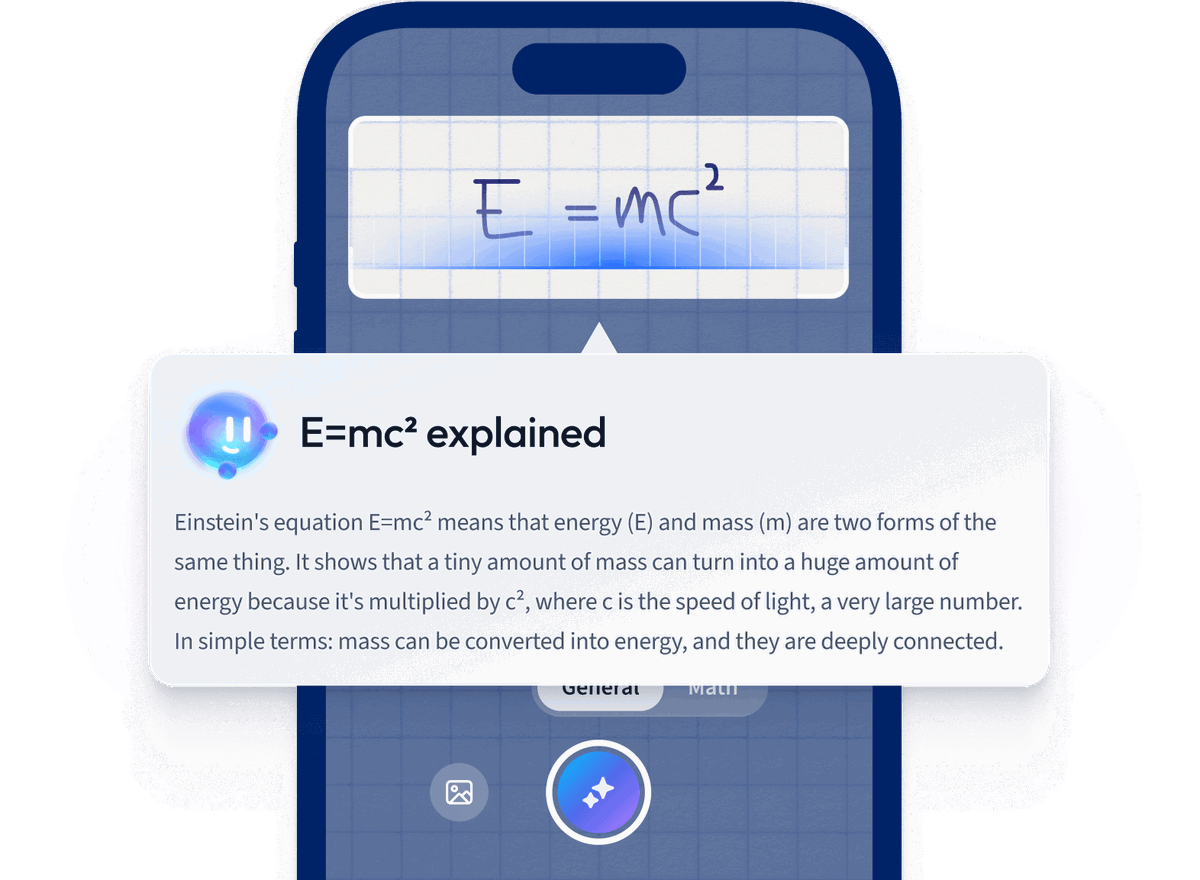The Meaning of Dummy Variables in Decision Mathematics
A dummy variable, also known as indicator variable, is a categorical variable in mathematical models used to represent group differences in a dataset. In decision mathematics, dummy variables hold great importance, as they can help you analyse the effects of categorical predictor variables on continuous response variables. Before diving into the details, let's understand the basic concept of a dummy variable.
A dummy variable takes the value 0 or 1 to represent the “absence” or “presence” of a specific attribute or characteristic within a group, respectively.
For example, if you're studying the effect of gender on wages, the dummy variable for gender could be assigned 0 for male and 1 for female.
Key Differences between Actual Variables and Dummy Variables
The primary differences between actual variables and dummy variables include:
- Actual variables hold continuous values, while dummy variables are assigned values of 0 or 1.
- Actual variables can take any value within a certain range, while dummy variables have only two possible values.
- Actual variables directly influence the behaviour of the mathematical model, while dummy variables influence the model indirectly through their interaction with other variables.
Importance of Dummy Variables in Research
Dummy variables play a crucial role in statistical analysis and research for several reasons:
- Dummy variables can simplify complex models by breaking down categorical factors into binary values.
- They enable researchers to include non-quantifiable data within a quantitative framework.
- Dummy variables provide an intuitive way of capturing group differences in a dataset.
Use of Dummy Variables in Seasonal and Regression Analysis
Dummy variables are widely used in seasonal and regression analysis to quantify the influence of categorical factors on dependent variables.Incorporating Dummy Variables for Seasonal Analysis
Seasonal analysis aims to identify and account for patterns that recur periodically over a specific time frame. To incorporate dummy variables in seasonal analysis, follow these steps:
- Identify the number of seasons or periods in the dataset. For example, if you're analysing quarterly data, there will be four periods within each year.
- Create a separate dummy variable for each season and assign it a value of 1 for observations belonging to that season and 0 for all other observations.
- Include these dummy variables in your regression model to capture variations across different seasons.
By using dummy variables in seasonal analysis, you can examine the effect of seasonality or time-related factors on the dependent variable.
Enhancing Regression Analysis Models with Dummy Variables
In regression analysis, one or more predictor variables are used to explain the variations in a dependent variable. Dummy variables help enhance regression models by accounting for categorical predictor variables. The steps to incorporate dummy variables in regression analysis are:
- Identify the categorical predictor variables in your dataset.
- For each categorical predictor variable, create a dummy variable representing each category, assigning 1 if an observation belongs to the category and 0 otherwise.
- Add these dummy variables to your regression model and estimate the model parameters to measure the impact of categorical predictor variables on the dependent variable.
By incorporating dummy variables in regression analysis, you can gain meaningful insights into the effects of categorical factors on continuous response variables.
Application of Dummy Variables in Various Fields
Dummy variables are versatile tools that can be applied across a broad range of fields to improve the accuracy and interpretability of statistical models.Examples of Dummy Variables in Economics and Social Sciences
In economics and social science research, dummy variables are often used to analyse the impact of qualitative factors on various outcomes. Some common examples include:
- Gender differences in wages or employment.
- Political affiliations influencing voter preferences or government policies.
- Socioeconomic factors affecting consumer behaviour, health outcomes, or educational attainment.
For example, to study the impact of an education policy (yes or no) on student performance (measured by test scores), you can use a dummy variable to represent the policy (1 for yes, 0 for no) in your regression model. This will enable you to determine the effect of the policy on student performance while controlling for other relevant factors.
Dummy Variables in Medicine, Engineering, and Other Disciplines
Dummy variables are also employed in fields like medicine, engineering, and other disciplines to examine the impacts of categorical factors. Examples include:
- Medical research investigating the effects of drug therapies or patient characteristics on treatment outcomes.
- Engineering studies examining the impact of material types or manufacturing processes on the performance of products.
Overall, dummy variables are essential tools in further mathematics, helping researchers and professionals better understand the role of categorical factors in various domains.
Using a Dummy - Key takeaways
Dummy variables, also known as indicator variables, are used in mathematical models to represent group differences in a dataset and take the value 0 or 1.
Actual variables are continuous and directly influence the mathematical model, while dummy variables have binary values and indirectly influence the model.
Using dummy variables in research simplifies complex models and enables inclusion of non-quantifiable data within a quantitative framework.
In seasonal and regression analysis, dummy variables quantify the influence of categorical factors on dependent variables.
Dummy variables are widely applied in various fields such as economics, social sciences, medicine, and engineering to analyze the impact of qualitative factors on different outcomes.
How we ensure our content is accurate and trustworthy?
At StudySmarter, we have created a learning platform that serves millions of students. Meet
the people who work hard to deliver fact based content as well as making sure it is verified.
Content Creation Process:
Lily Hulatt is a Digital Content Specialist with over three years of experience in content strategy and curriculum design. She gained her PhD in English Literature from Durham University in 2022, taught in Durham University’s English Studies Department, and has contributed to a number of publications. Lily specialises in English Literature, English Language, History, and Philosophy.
Get to know Lily
Content Quality Monitored by:
Gabriel Freitas is an AI Engineer with a solid experience in software development, machine learning algorithms, and generative AI, including large language models’ (LLMs) applications. Graduated in Electrical Engineering at the University of São Paulo, he is currently pursuing an MSc in Computer Engineering at the University of Campinas, specializing in machine learning topics. Gabriel has a strong background in software engineering and has worked on projects involving computer vision, embedded AI, and LLM applications.
Get to know Gabriel











